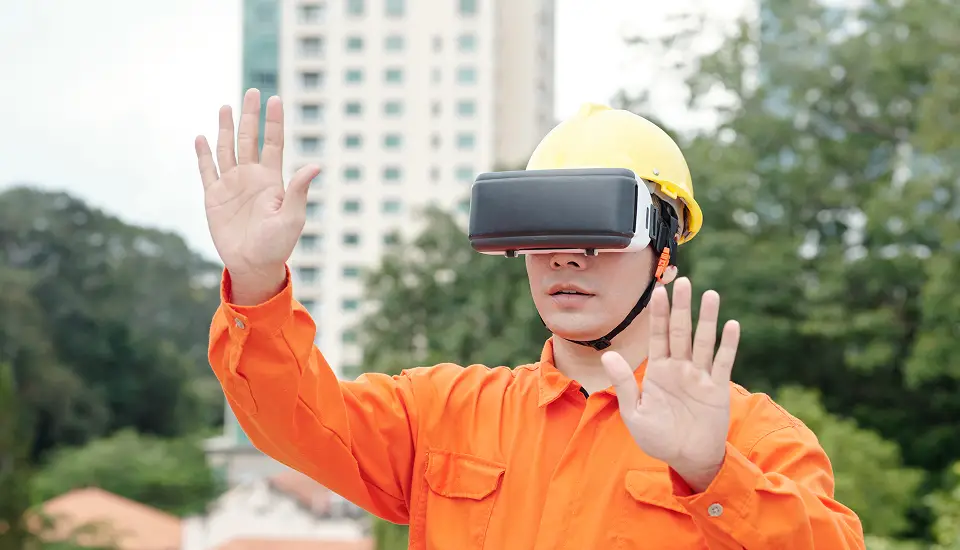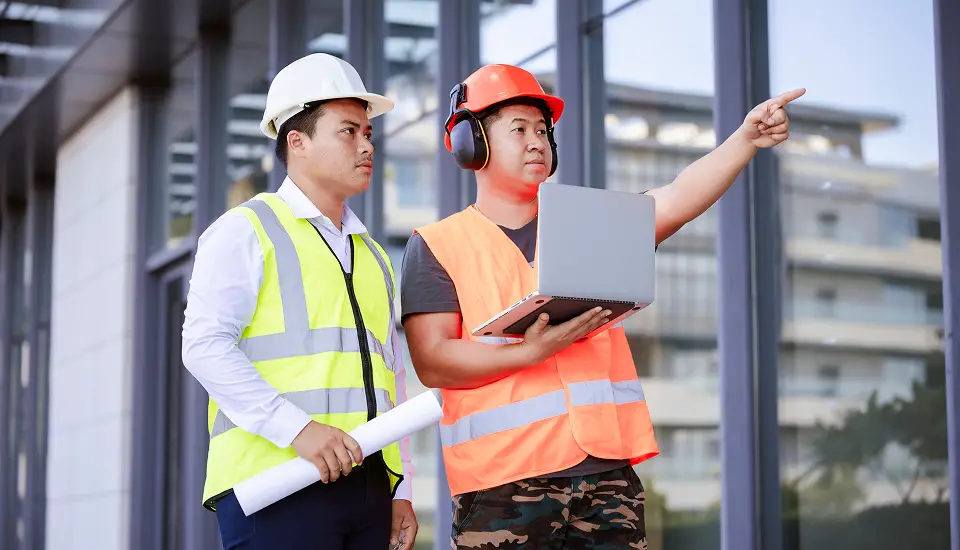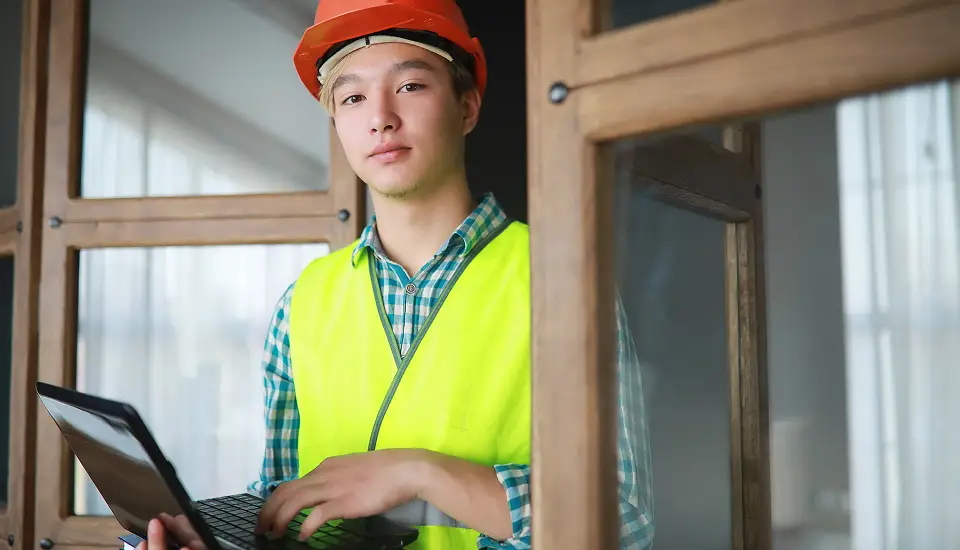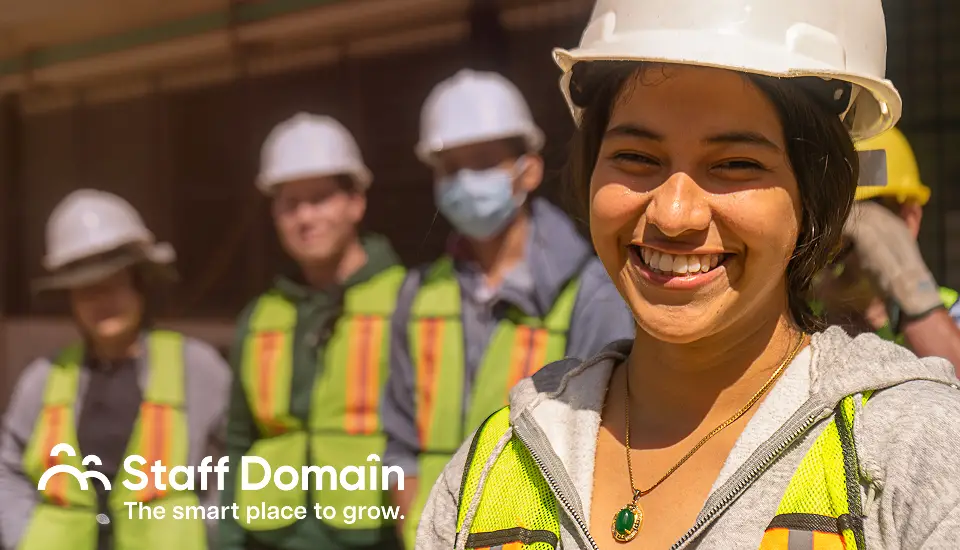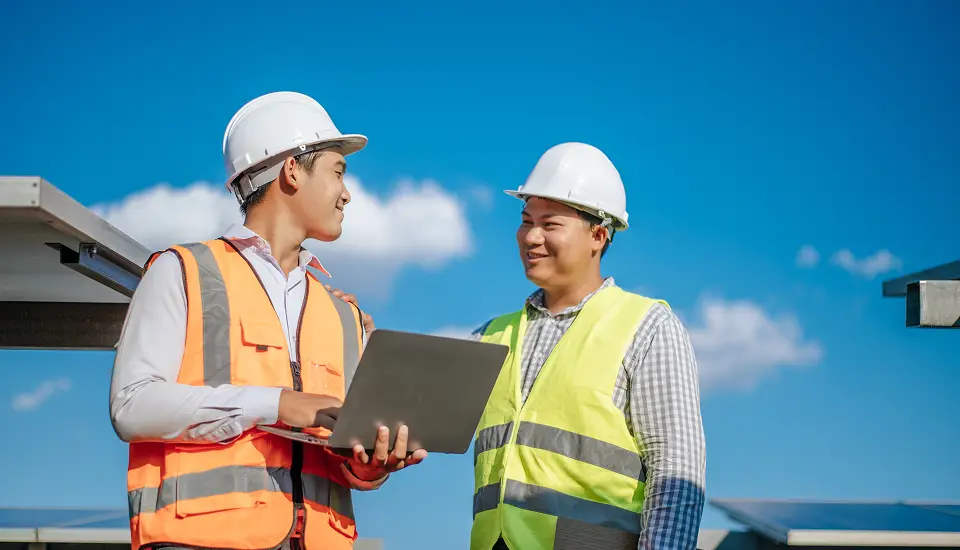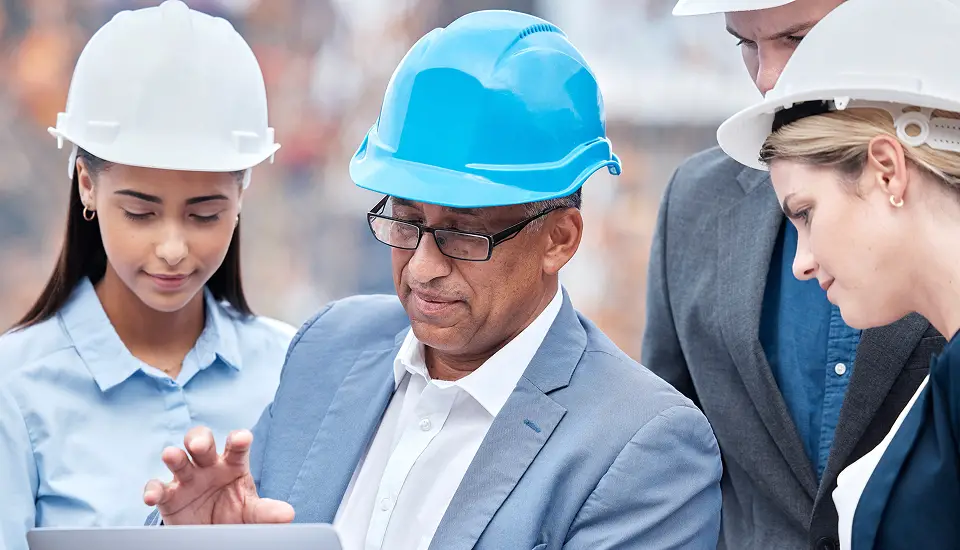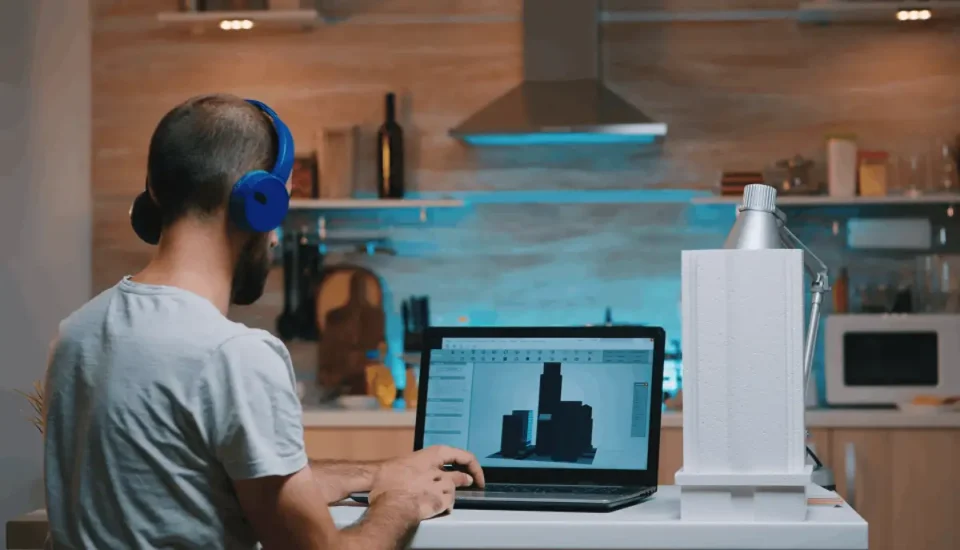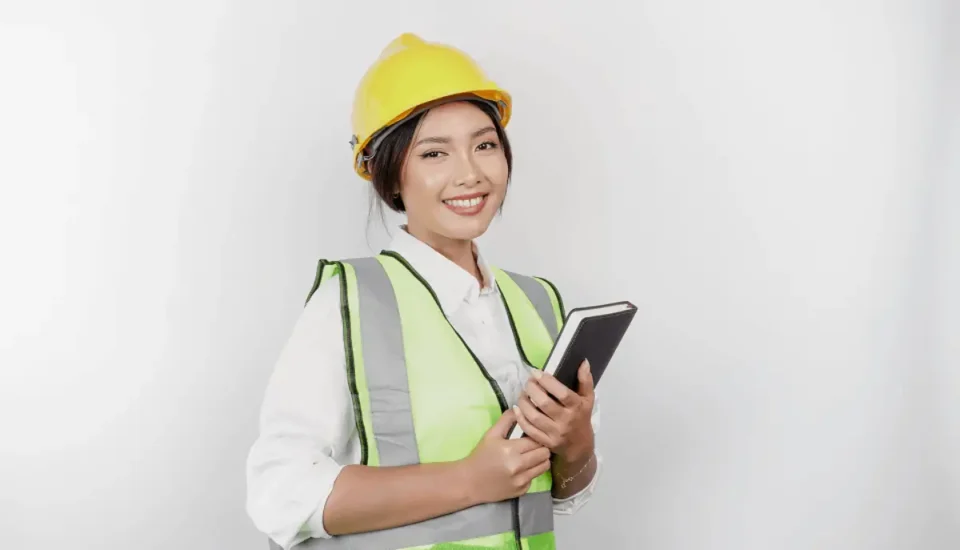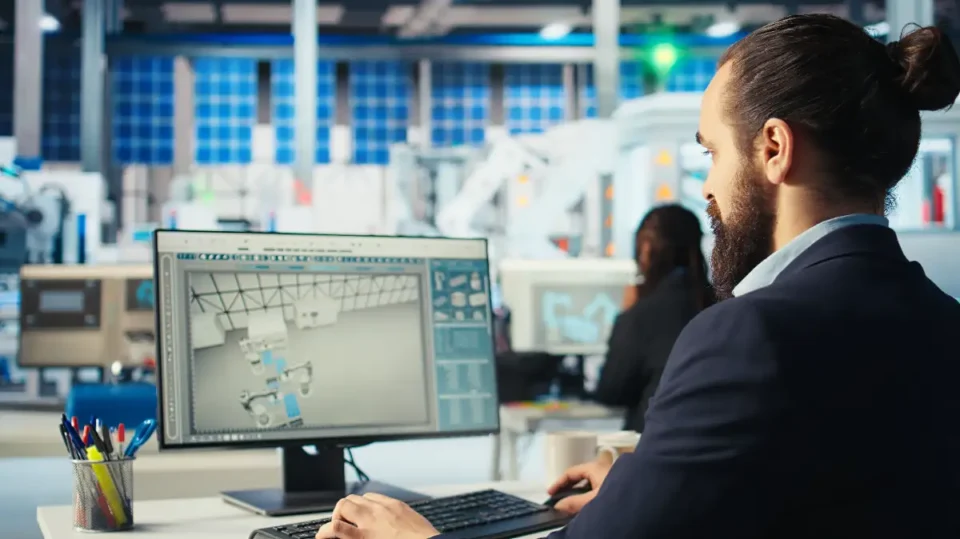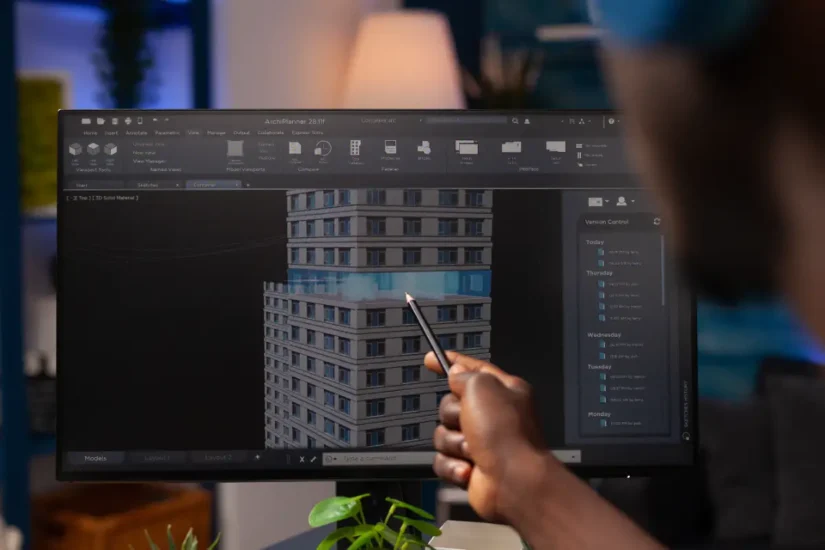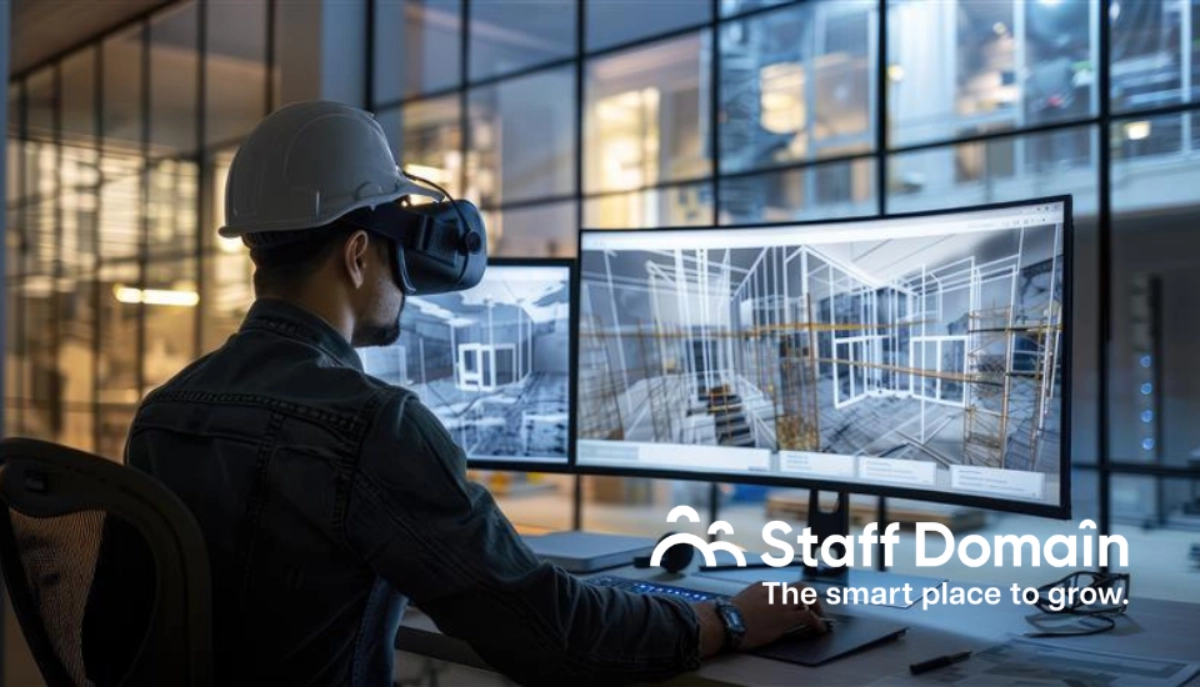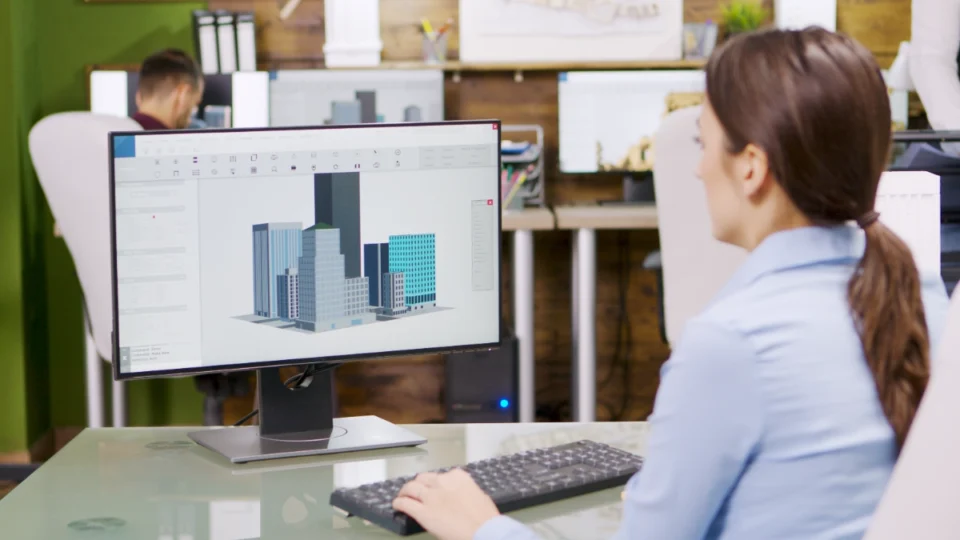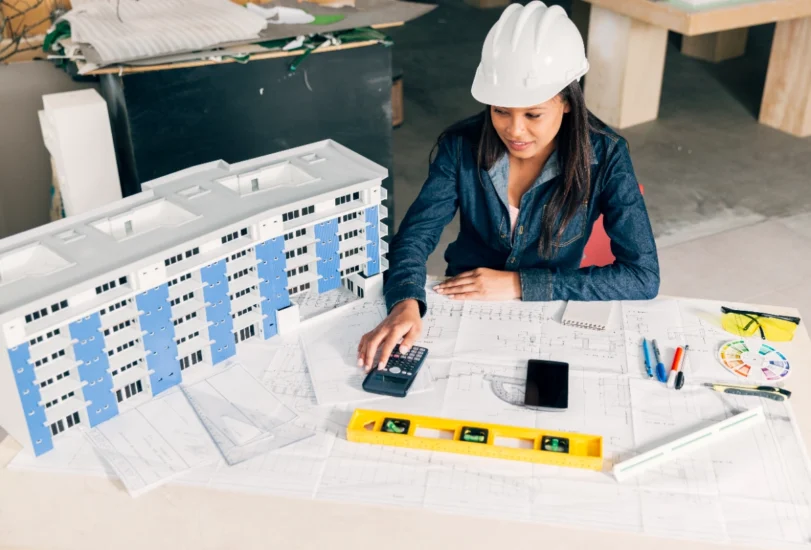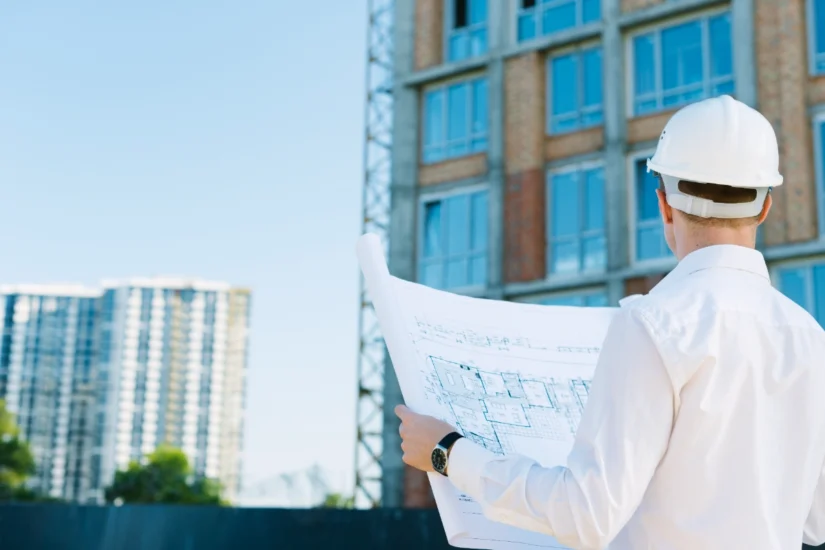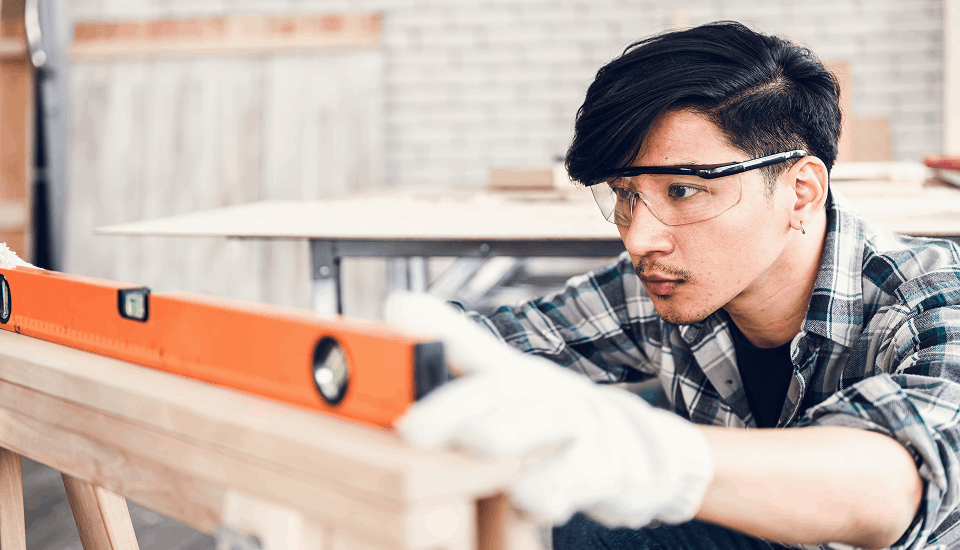Fuelling the Future of Green Building with Skilled Offshore Specialists
Terrence Roice Ignacio
on
May 29, 2025
Offshore talent for green building is proving to be a game-changer for Australia’s AEC industry as it faces mounting sustainability targets and labour shortages. As the country intensifies its efforts toward achieving net-zero emissions in the built environment, the demand for specialised roles in sustainable architecture, engineering, and construction is outpacing the local talent supply. For many forward-thinking firms, the answer lies in offshore talent for green building.
Australia’s construction industry is entering a critical phase. Sustainable design practices, energy efficiency standards, and smart infrastructure requirements are no longer optional, they’re becoming the norm. To deliver on these expectations, businesses must integrate skilled professionals capable of executing advanced digital and eco-conscious solutions. That’s where offshore talent for green building comes in, offering a unique combination of expertise, scalability, and cost-efficiency.
According to the Australian Infrastructure Plan, aligning workforce development with sustainability and digital transformation is essential to meeting the built environment’s future demands. This makes tapping into global talent more important than ever.
Why Offshore Talent is Key to Green Building Scalability

The skills needed to drive green transformation in AEC are increasingly niche and technical. Roles such as BIM (Building Information Modelling) specialists, environmental engineers, CAD draftspersons, and energy analysts are critical to ensuring buildings are not only structurally sound but also climate-conscious and future-proof.
Unfortunately, a growing number of Australian firms are reporting difficulties sourcing such talent locally. The Green Building Council of Australia has emphasised the need to rethink how we build and who builds for us. Offshore talent for green building, especially when hired through strategic partners like Staff Domain, brings these in-demand skills to the table, allowing firms to build green without sacrificing growth.
In fact, by engaging offshore talent for green building projects, companies can:
- Rapidly access pre-vetted experts with green design experience
- Scale design and production teams cost-effectively
- Improve time-to-delivery for sustainable construction projects
Learn more about how offshore engineering helps reduce costs and boost efficiency
How Offshore Teams Empower Digital Sustainability in AEC
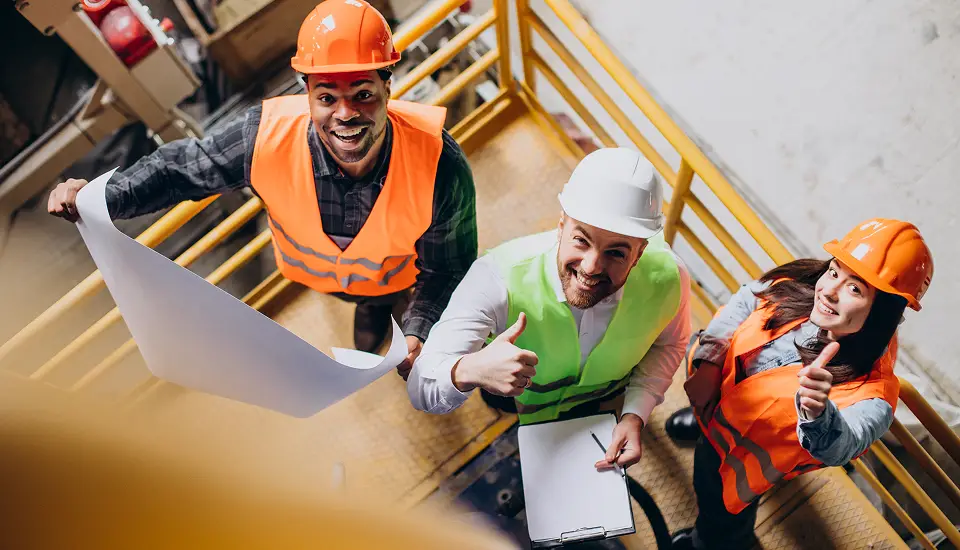
Technology plays a major role in modern sustainable building practices. From AI-powered energy modelling to IoT-integrated building systems, the AEC sector is being reshaped by smart tech. The challenge is not just adopting these tools but having the right people to implement them effectively.
Offshore AEC professionals are increasingly being tapped for their digital fluency in:
- BIM and digital twin technology: Enabling real-time design and performance analysis.
- 3D printing: Revolutionising how sustainable components are manufactured.
- AI and machine learning: Optimising energy efficiency and predictive maintenance.
- Sustainable materials research: Assisting in the selection of low-impact materials and circular building methods.
Offshore talent for green building often possesses the digital skills required to adopt and implement these innovations, making them indispensable to future-ready AEC firms.
Explore how AI and automation are transforming construction
Staff Domain supports its clients by providing offshore professionals skilled in these tools, giving Australian firms the capability to keep up with innovation and environmental requirements without the long timelines of local hiring.
Real Stories: Offshore Talent Fuelling Design, Innovation, and Growth
The impact of offshore talent for green building isn’t theoretical, it’s being proven by real companies in the AEC space.
Oceanis: Meeting Niche Design Needs for Aquatic Engineering
Oceanis, a specialist in designing aquatic environments, struggled for months to find qualified local designers and draftspersons. Facing a critical gap, they turned to Staff Domain. Through offshore recruitment, they were able to build a team that met their exact requirements and reflected their commitment to high-quality, sustainable design.
“We couldn’t find the right fit locally. Staff Domain helped us define each role and delivered a team that understands our values and mission,” said Louis Genneson, Design Manager at Oceanis.
By offshoring design and drafting roles, Oceanis not only filled the gaps but also streamlined operations, improved team morale, and enabled more efficient delivery of their water-focused construction projects. This is a clear demonstration of how offshore talent for green building can empower sustainable growth in specialist sectors.
Carrera by Design: Scaling a Green-Focused Design Practice
Carrera by Design, a leader in bespoke joinery and interior design, faced similar growing pains. As demand for their work grew, so did the need for a scalable, high-performing team. By partnering with Staff Domain, Carrera by Design established an offshore workforce that now includes a five-person team contributing to both design and production.
The result? Increased output, greater process efficiency, and the ability to pursue more sustainable building techniques while preserving craftsmanship.
“Staff Domain looks after my team here, which helps them work happily and comfortably with us,” shared Managing Director Ronnie Abdishou.
These success stories show how offshore talent for green building can be strategically leveraged to maintain high standards while embracing sustainable construction practices.
Read more success stories from construction firms embracing offshore teams
Future-Proofing Green Building Projects with Offshore Talent
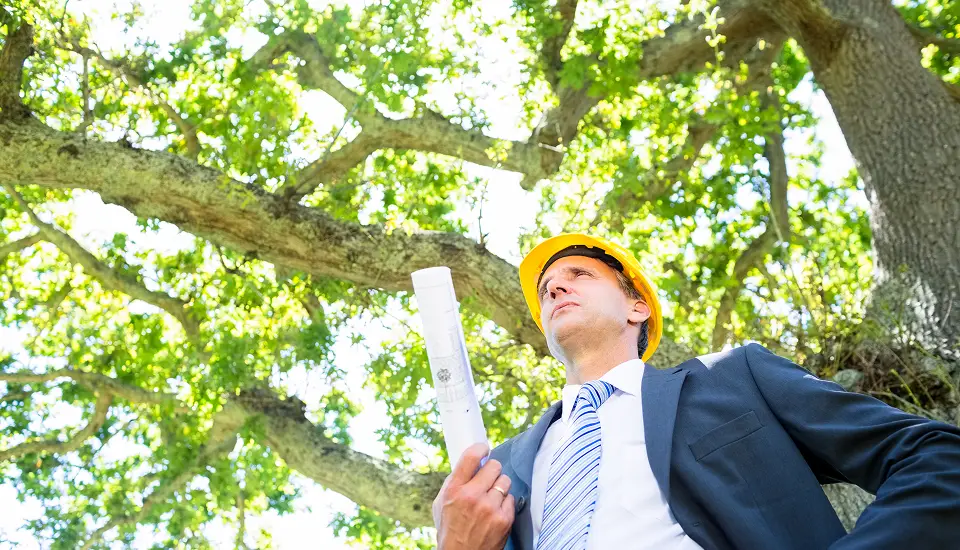
As Australia accelerates its transition to greener infrastructure, businesses must look beyond borders to build the teams that will lead the change. Offshore talent for green building is not a temporary fix, it’s a strategic pillar for long-term success.
Firms can ensure their offshore teams are effective by:
- Partnering with providers who prioritise cultural alignment and communication
- Recruiting professionals with prior experience in sustainable AEC projects
- Investing in collaboration tools and regular site visits
See how Staff Domain supported a 3D printed construction breakthrough
The road to net zero requires creativity, commitment, and collaboration. With the right offshore talent for green building, AEC firms in Australia can lead the world in building greener, smarter, and more sustainable cities.
Staff Domain’s offshore outsourcing solutions connect your business to a highly experienced global talent pool for game-changing results. Effortlessly manage your offshore workforce with our comprehensive compliance, payroll, and HR support, and benefit from fixed, transparent pricing in your local currency. Contact us today or schedule a meeting with our sales team to quickly source the right offshore team for your business.
FAQs About Leveraging Offshore Talent for Green Building in AEC
1. How does offshore talent support green building?
They provide expertise in roles like BIM, CAD, sustainability analysis, and environmental engineering, helping AEC firms meet green standards efficiently.
2. Is offshore hiring suitable for niche AEC projects?
Yes. Companies like Oceanis and Carrera by Design used offshore teams for specialised roles when local talent was unavailable or costly.
3. Can offshore teams integrate well with local staff?
Definitely. With clear processes and collaboration tools, offshore teams function as seamless extensions, some even join site visits for stronger alignment.
4. What are the cost and sustainability benefits?
Offshore teams can cut hiring costs by up to 60% while improving delivery speed and supporting sustainable construction goals.







